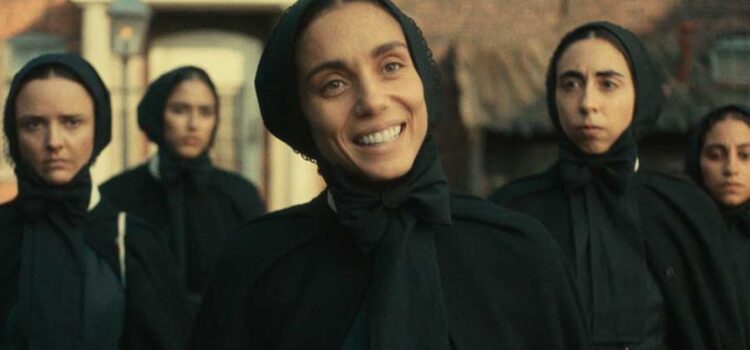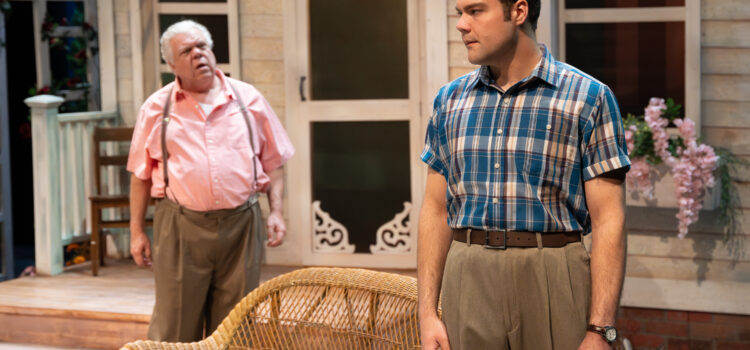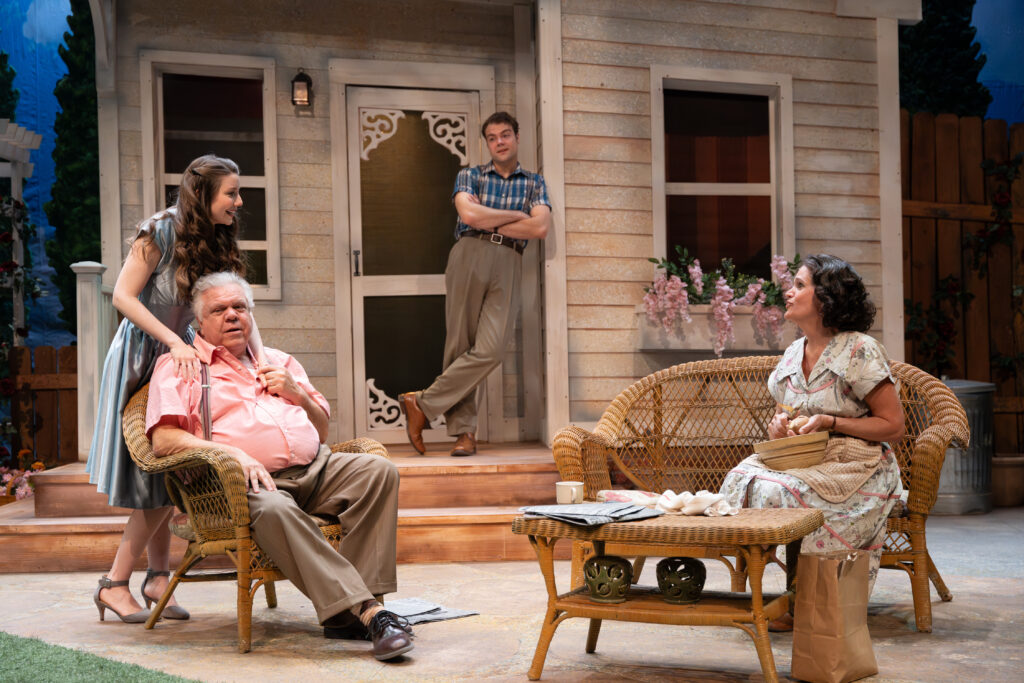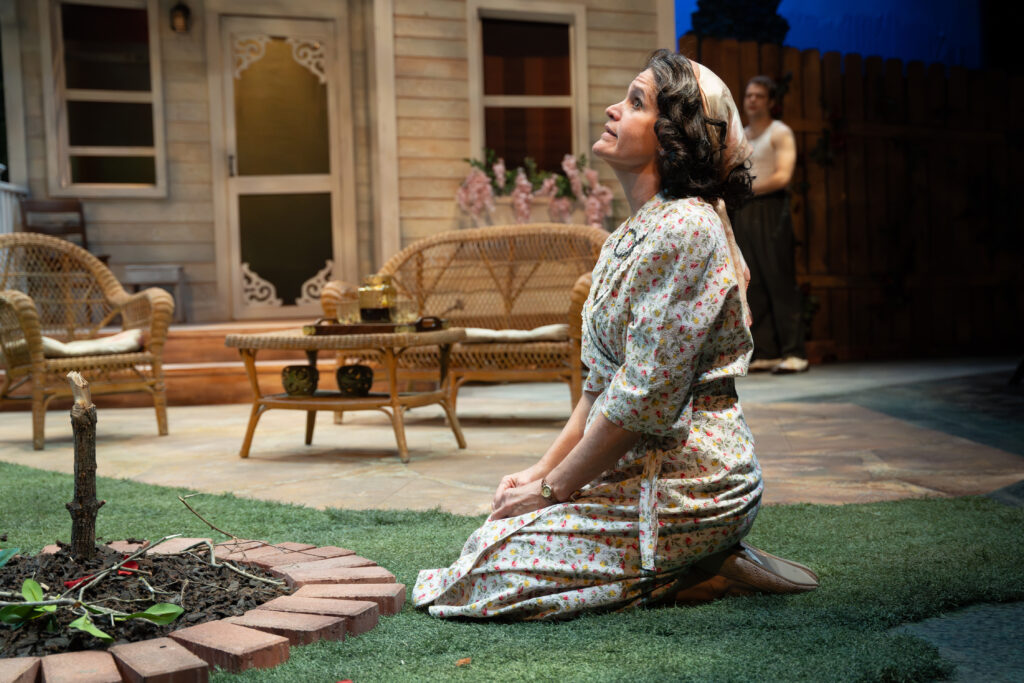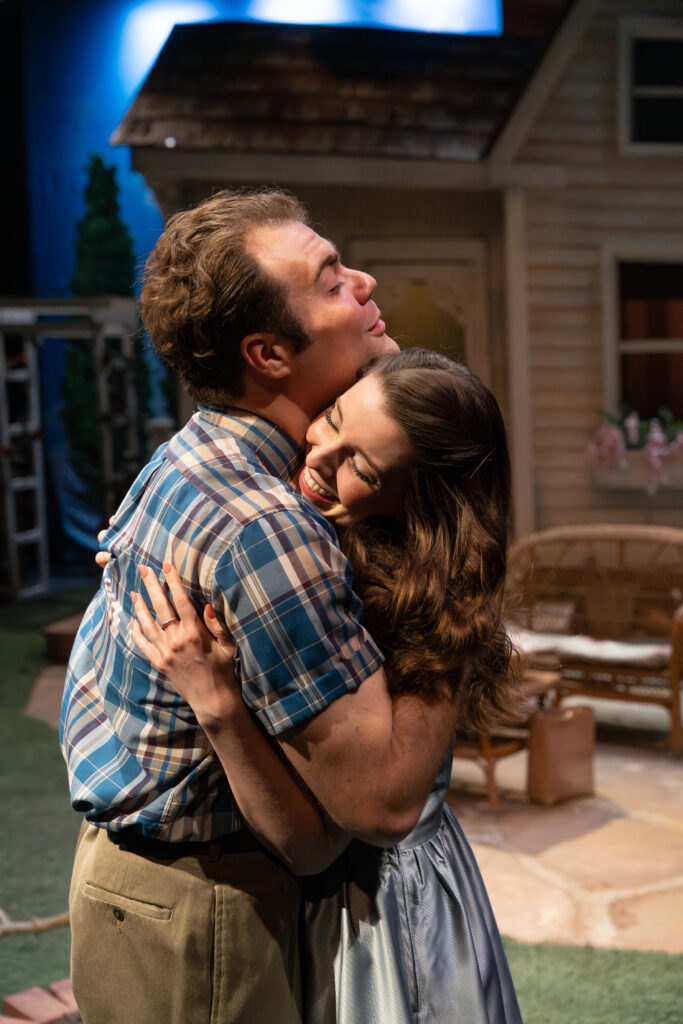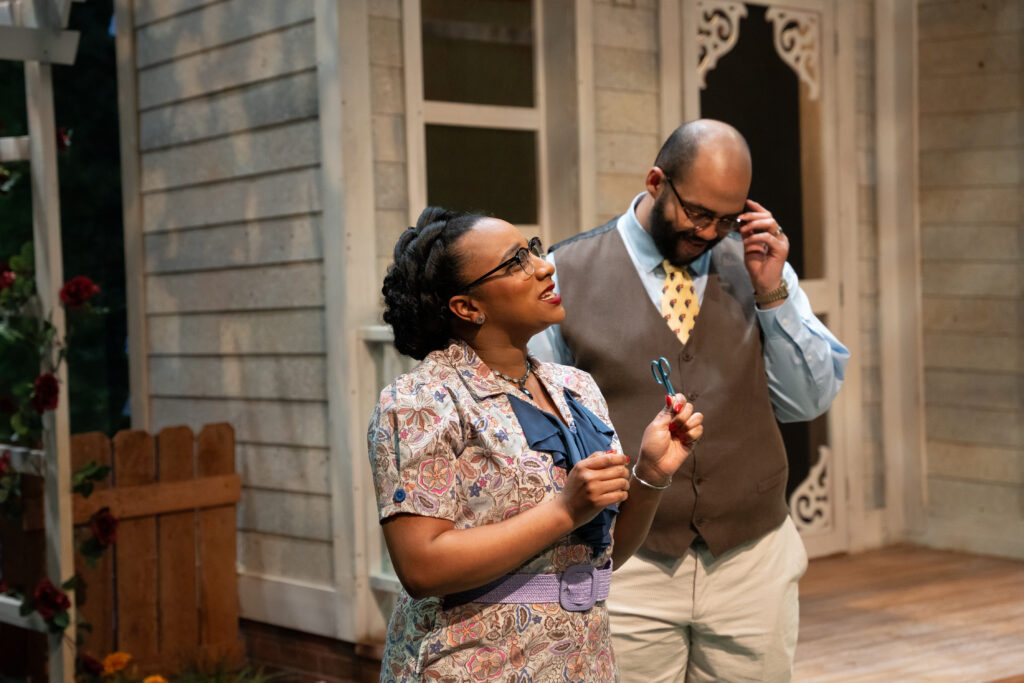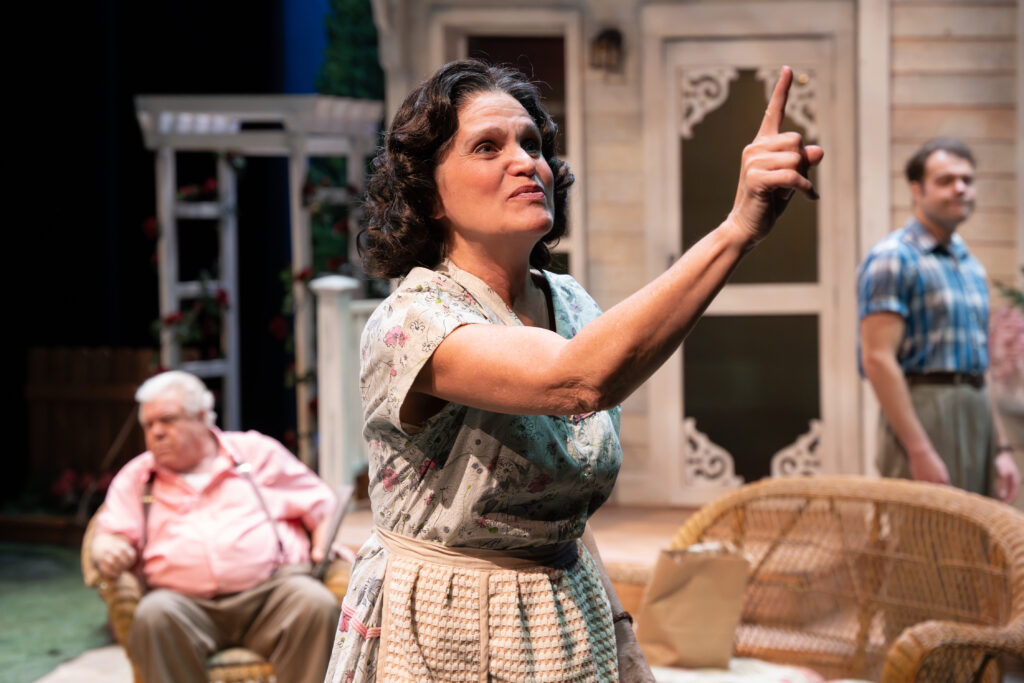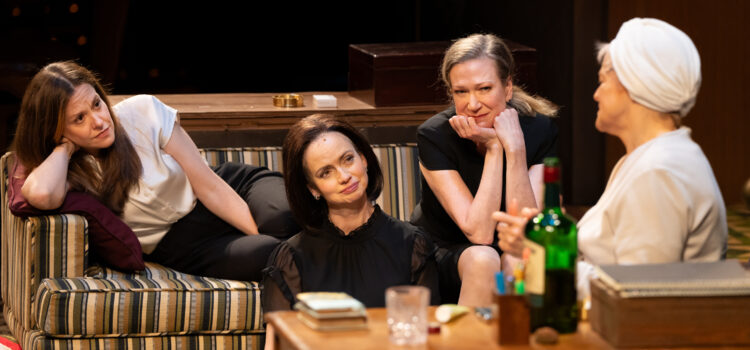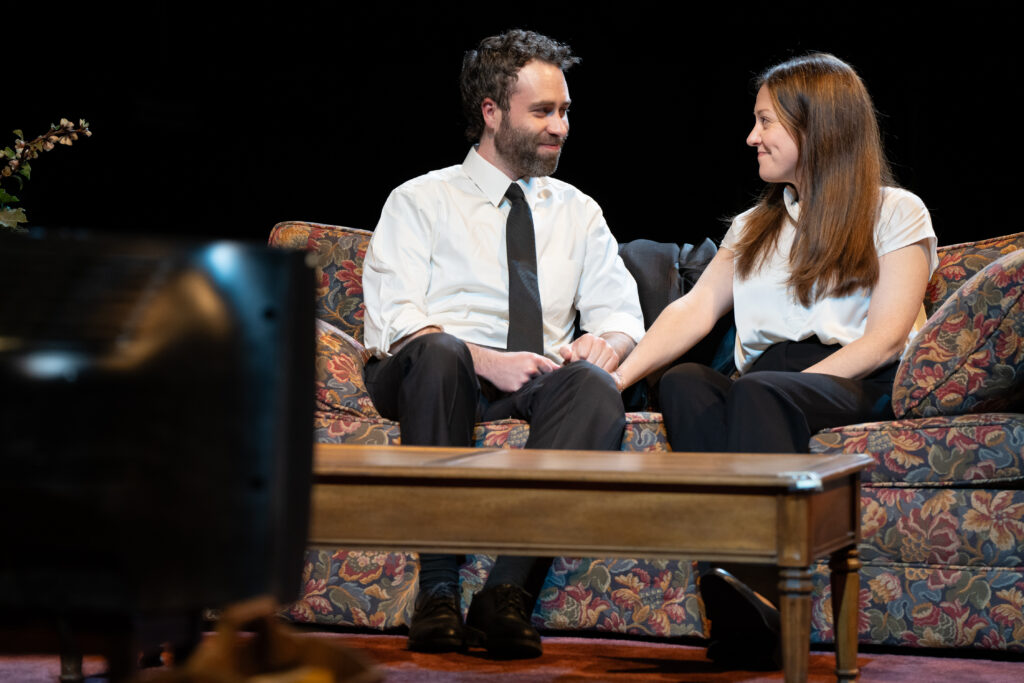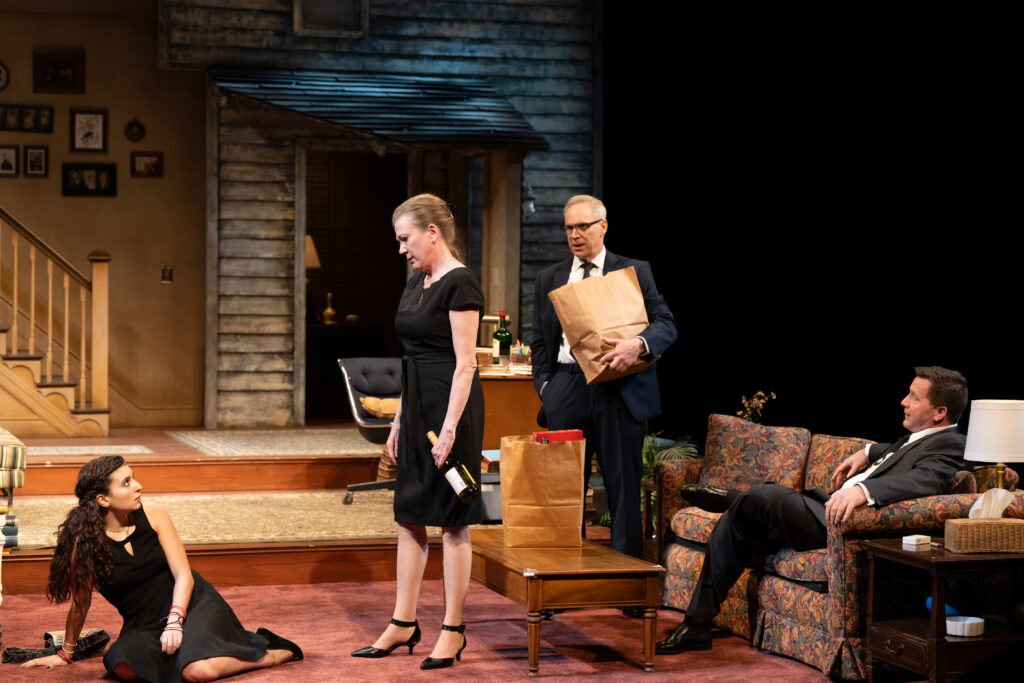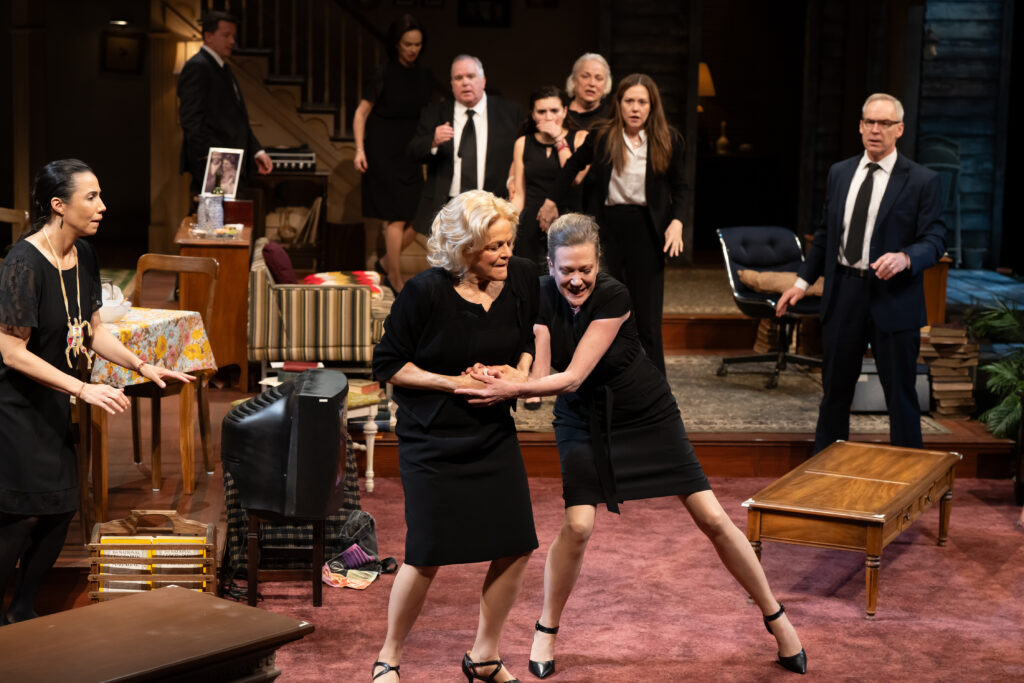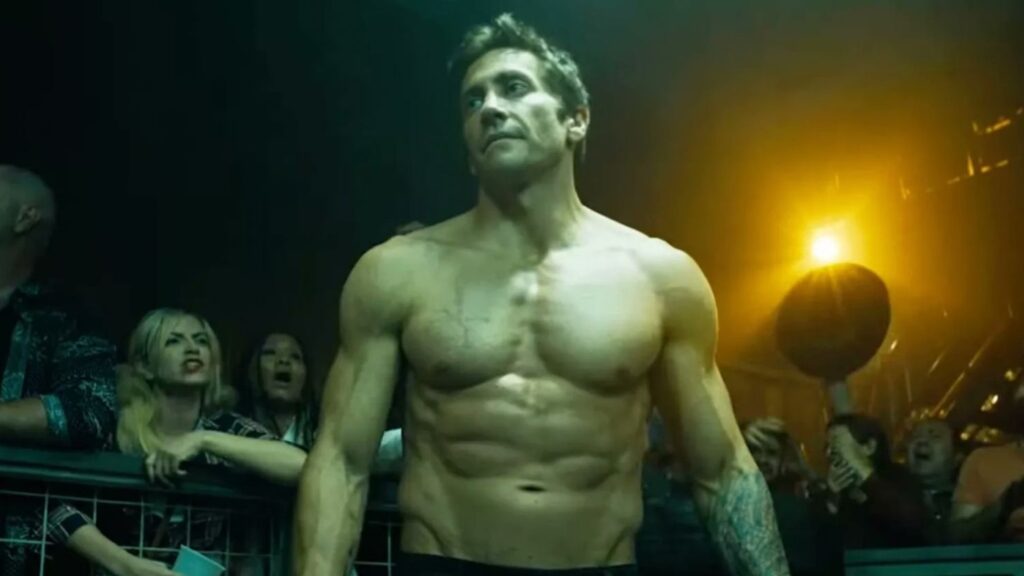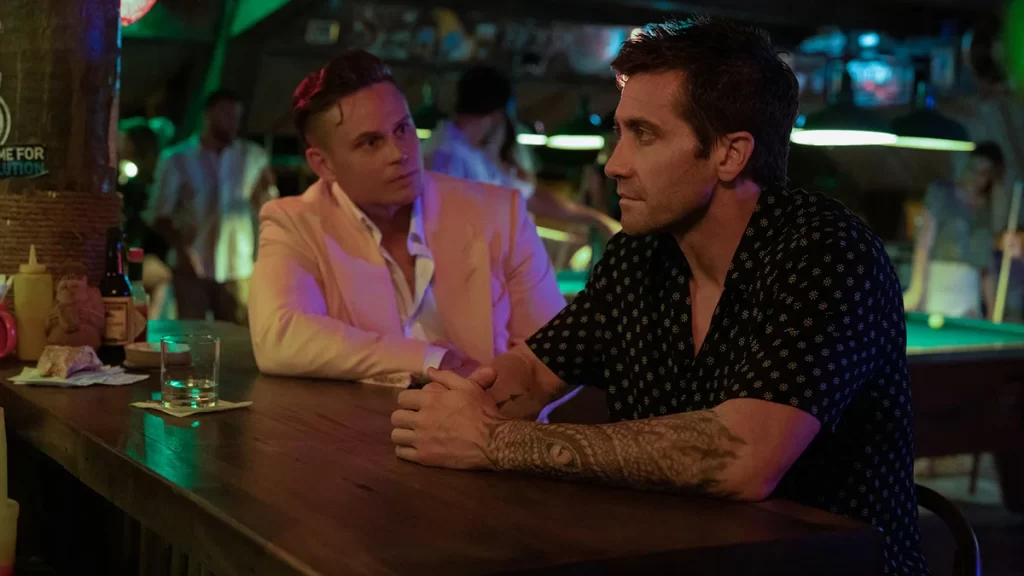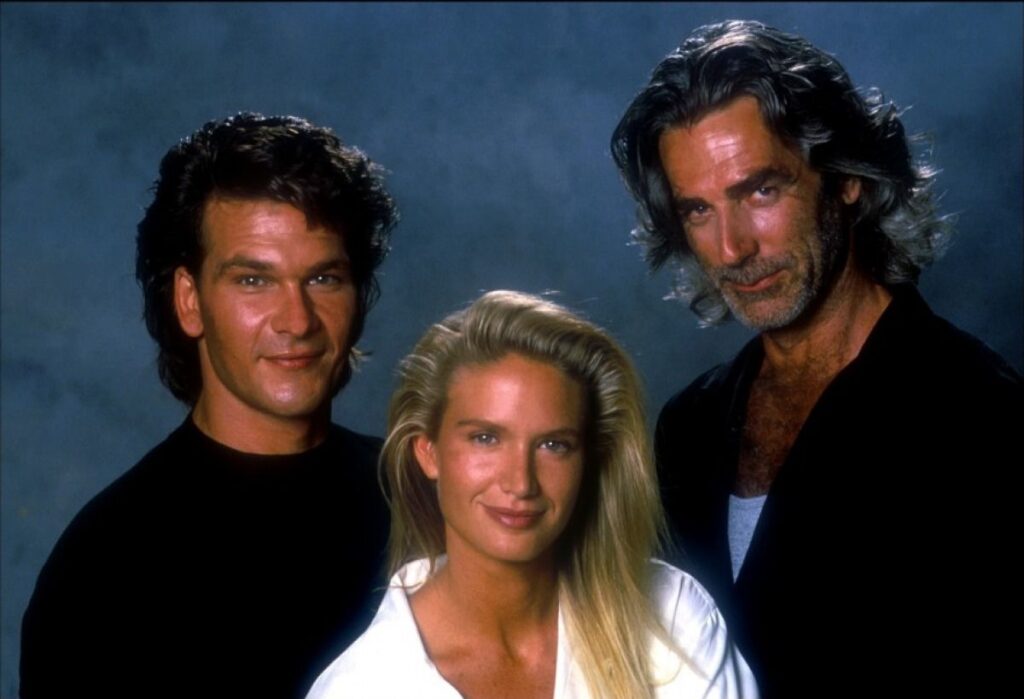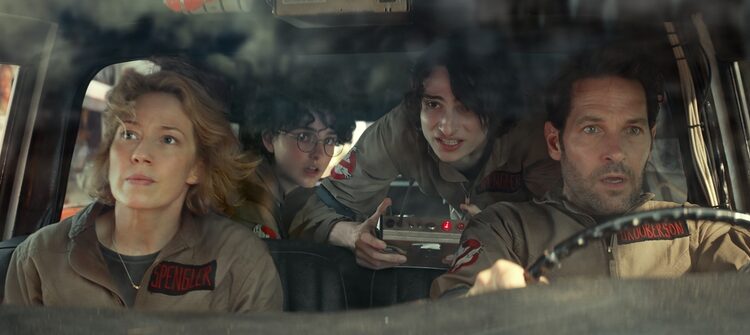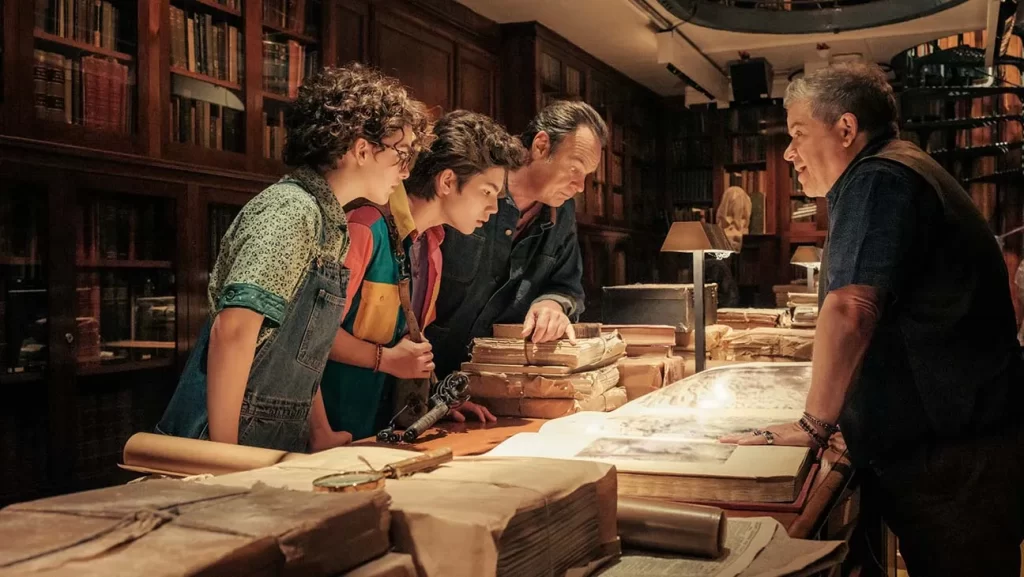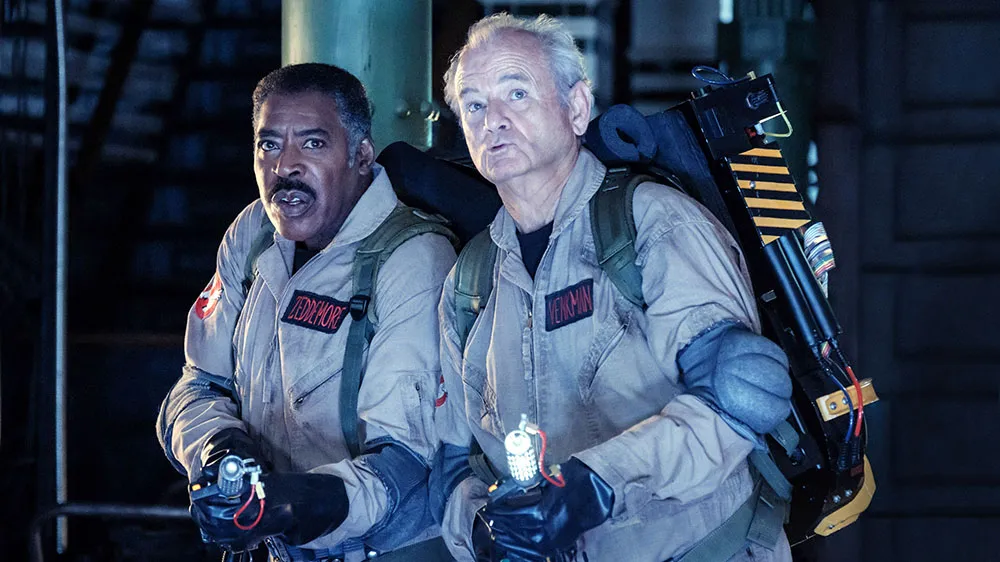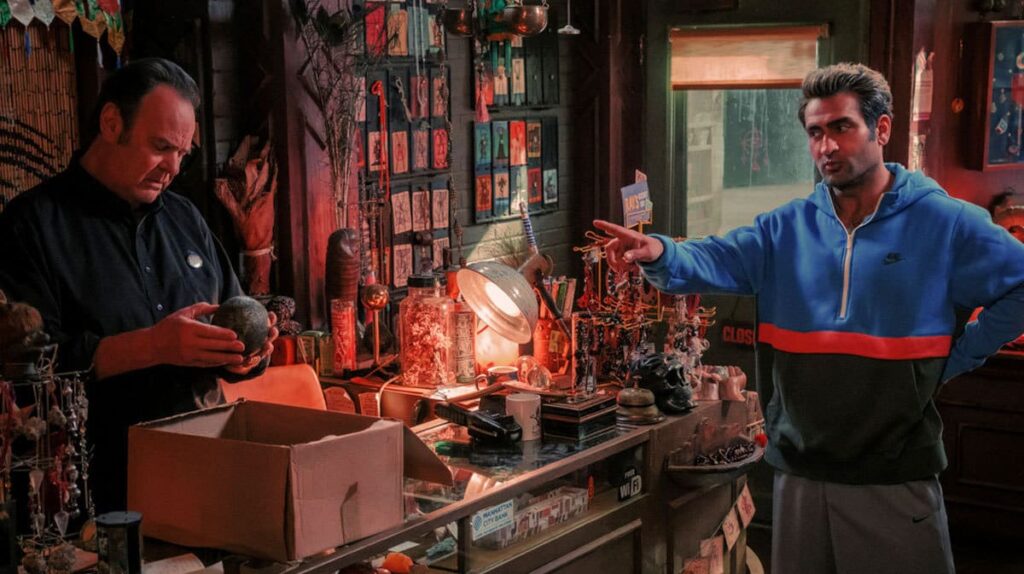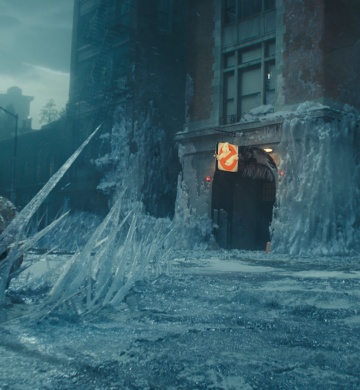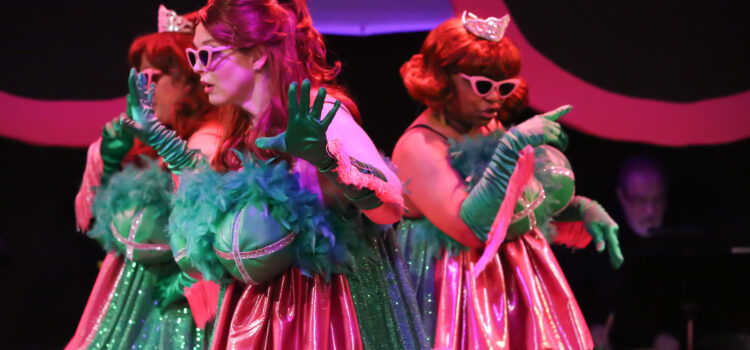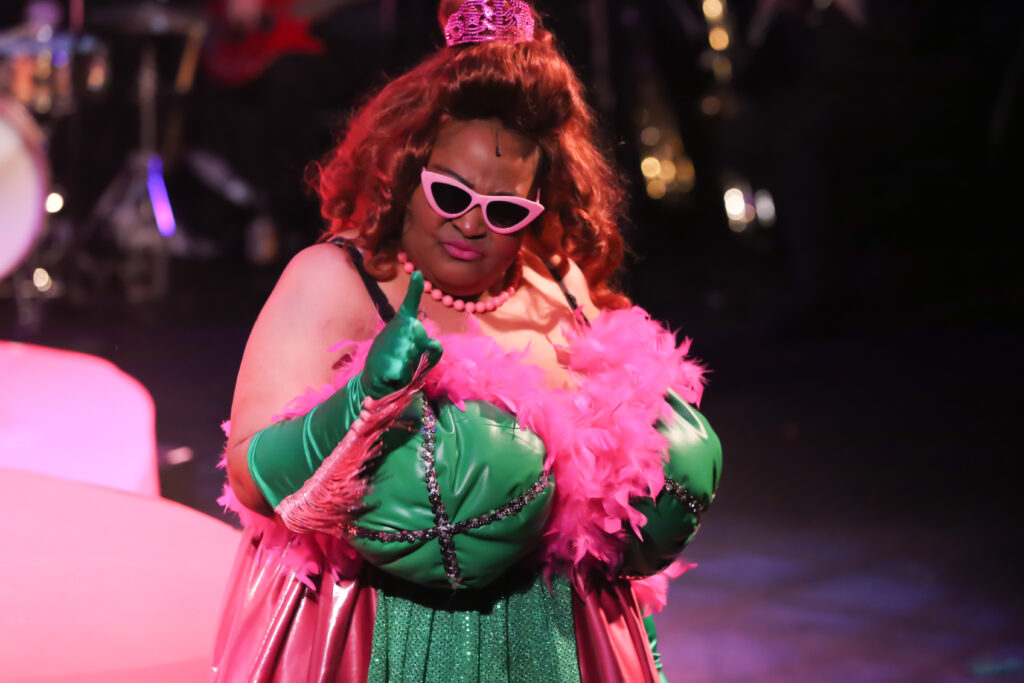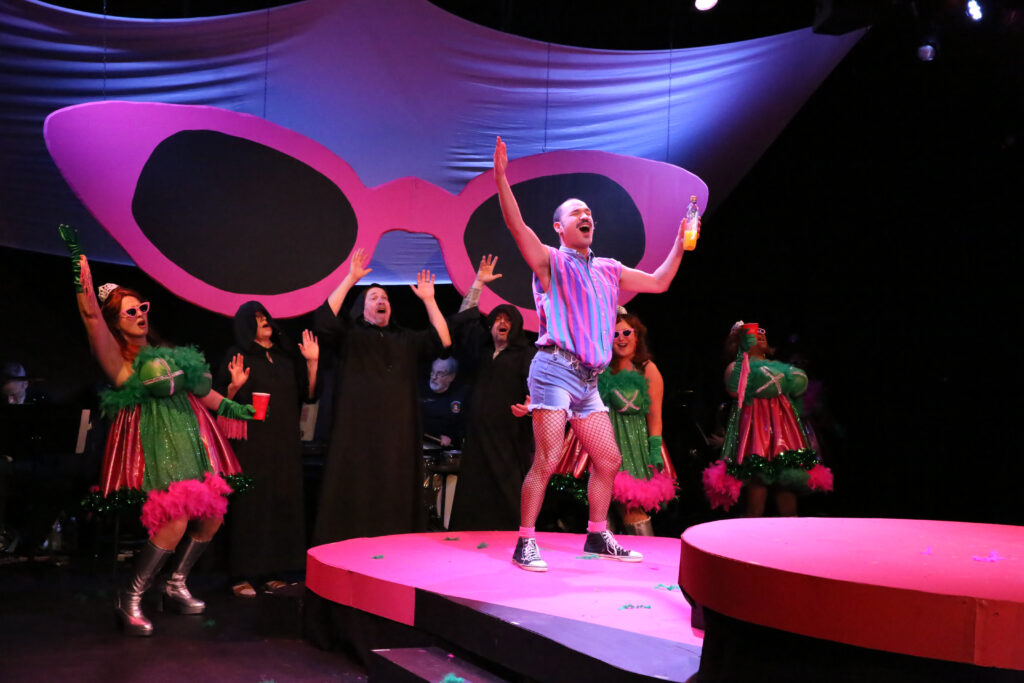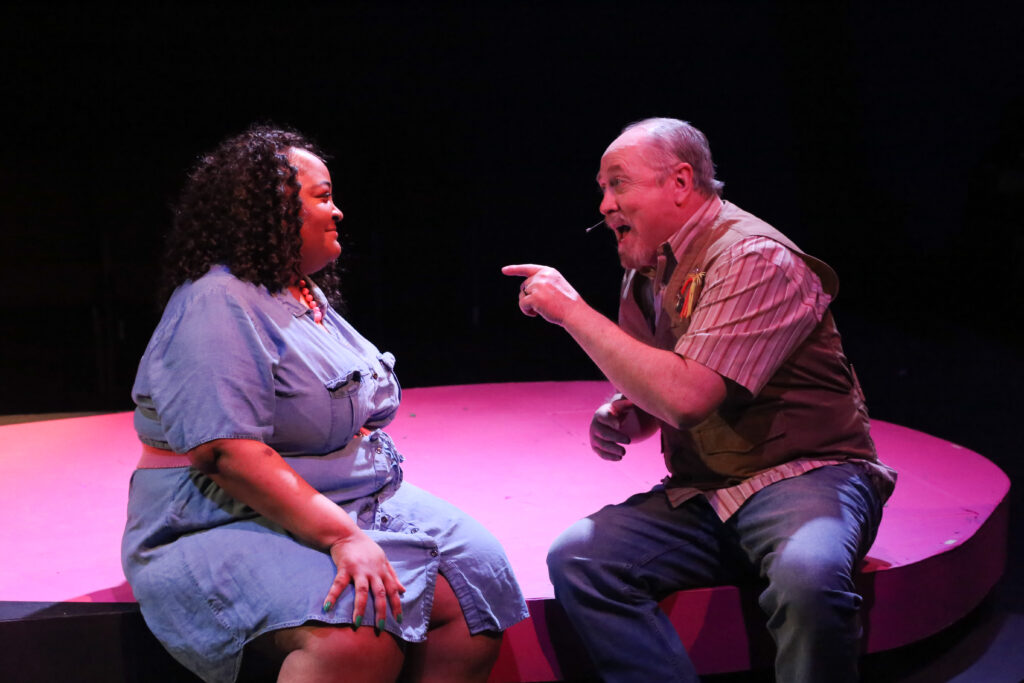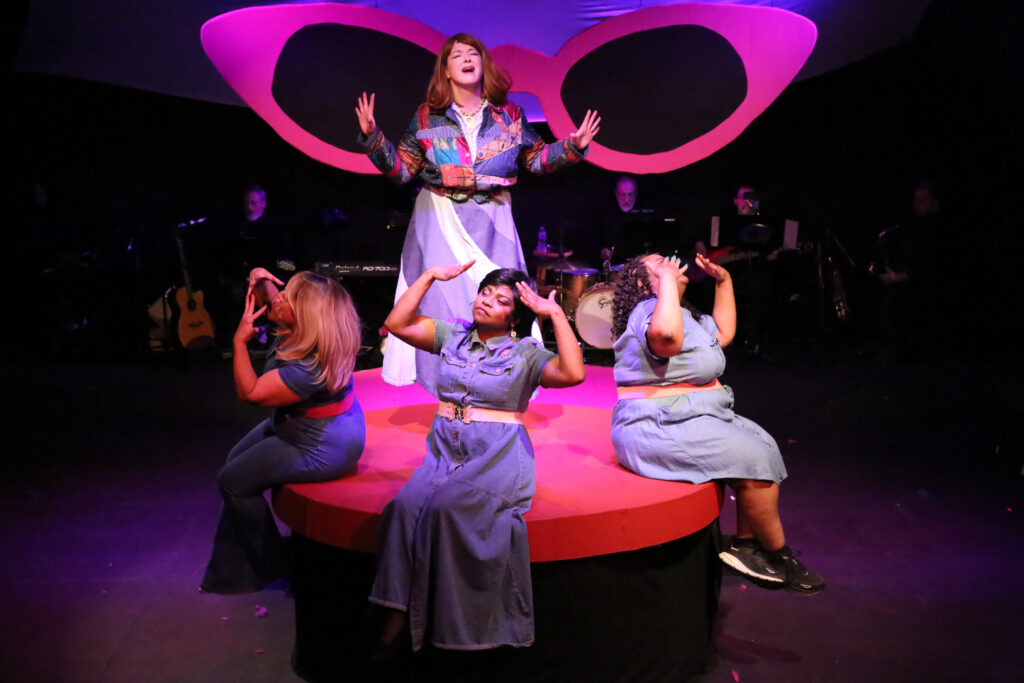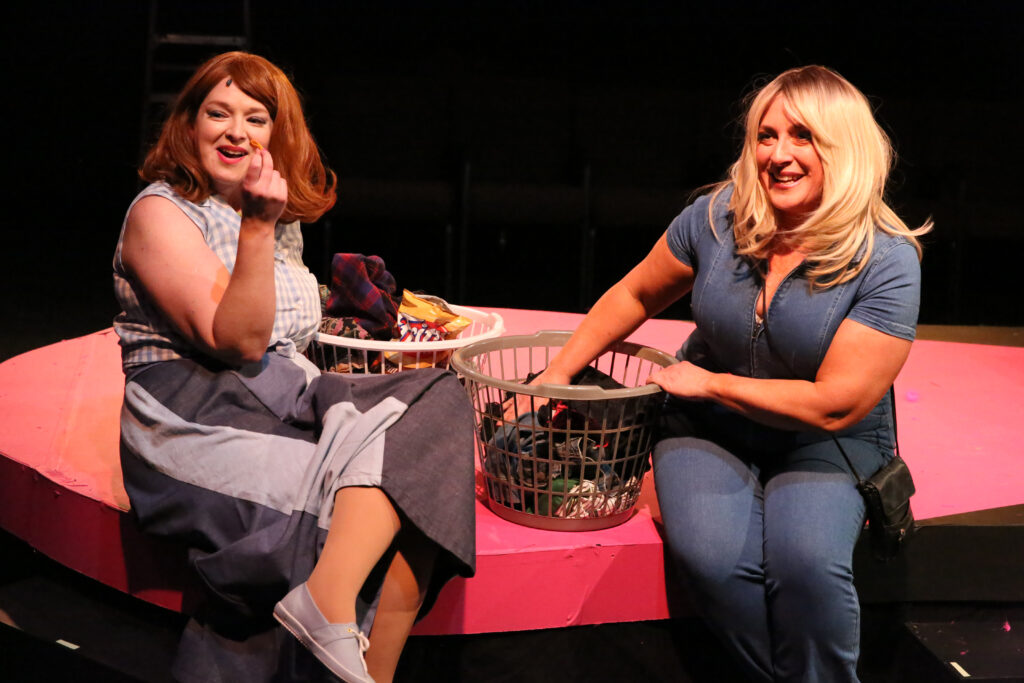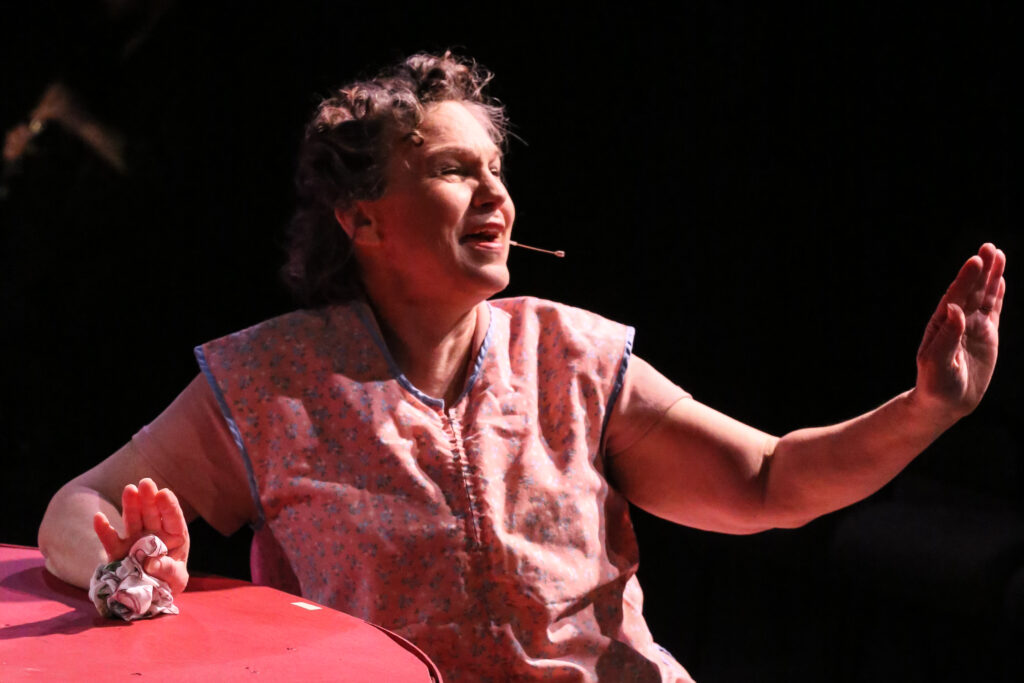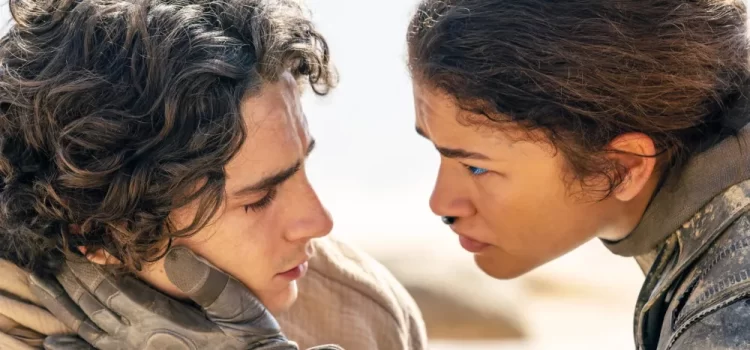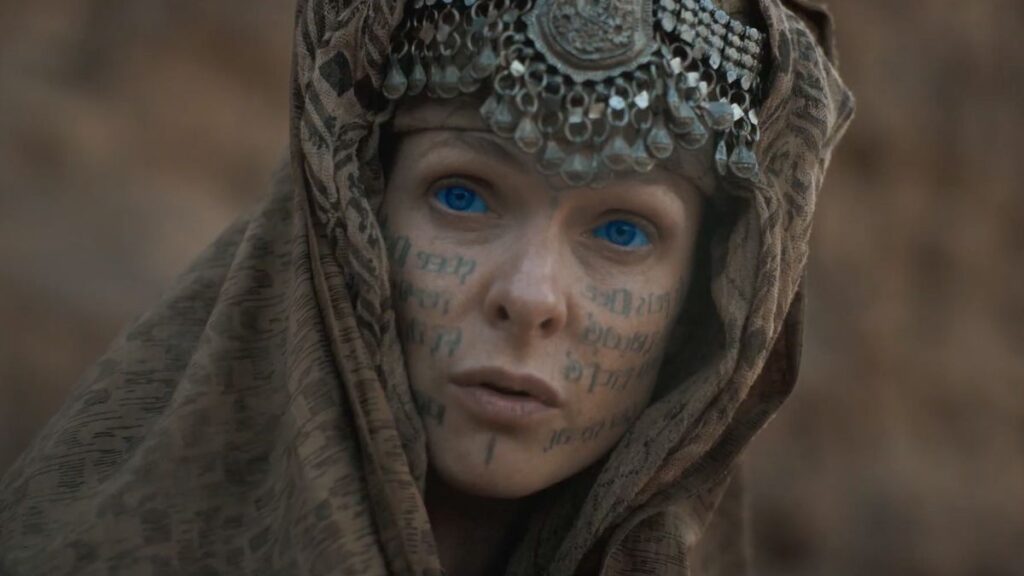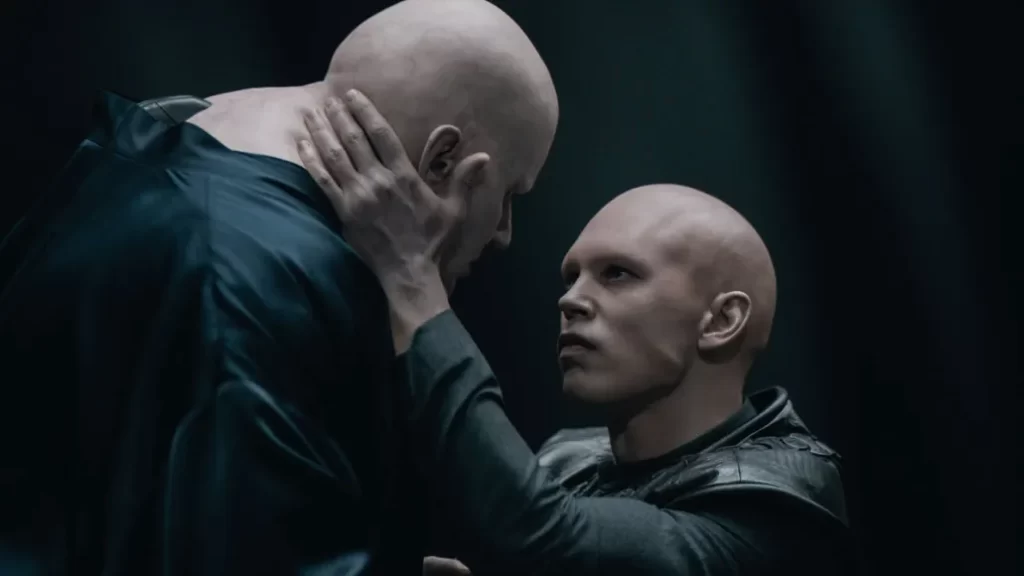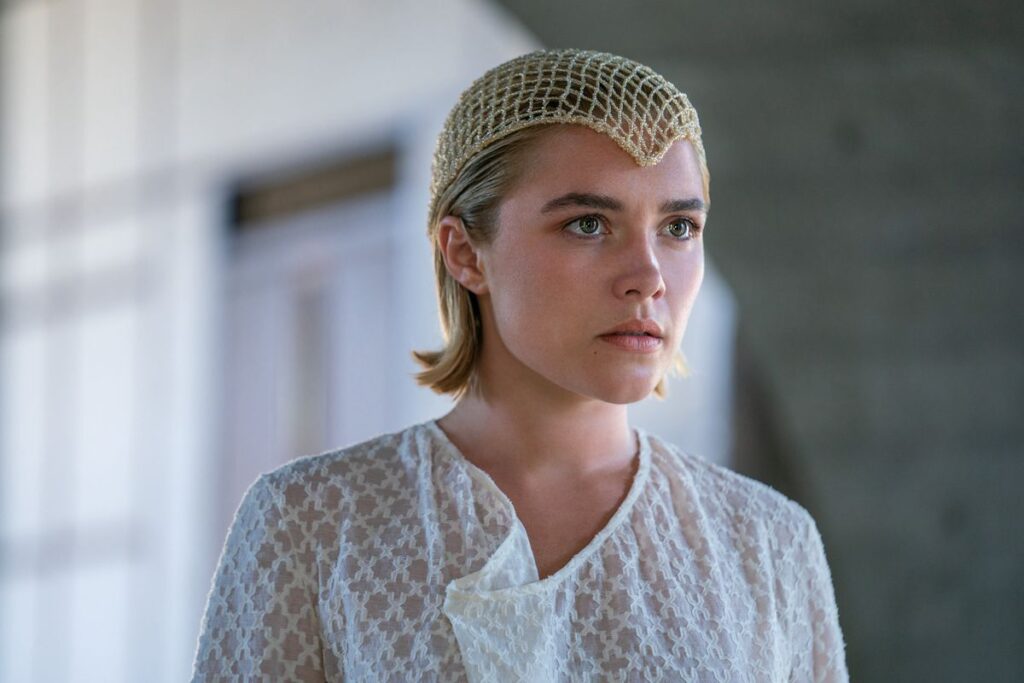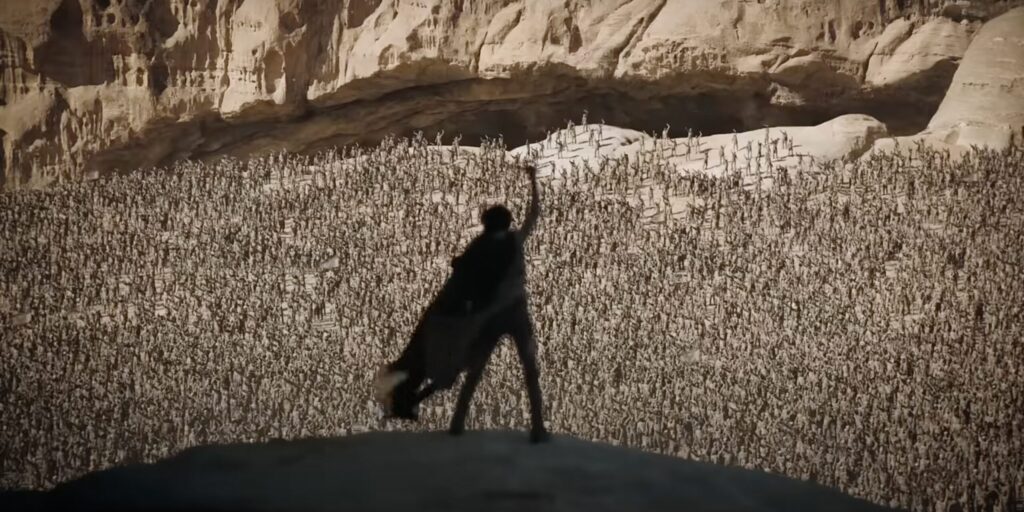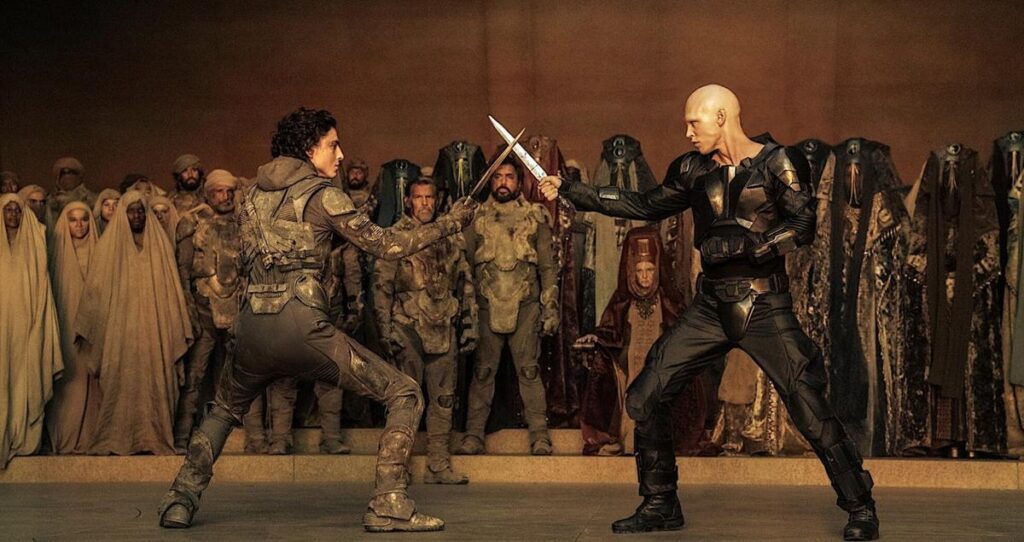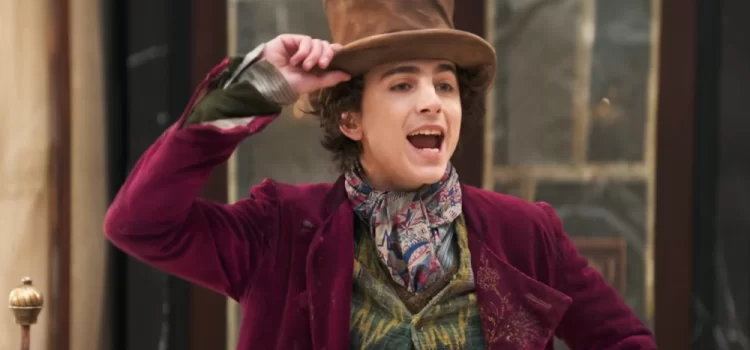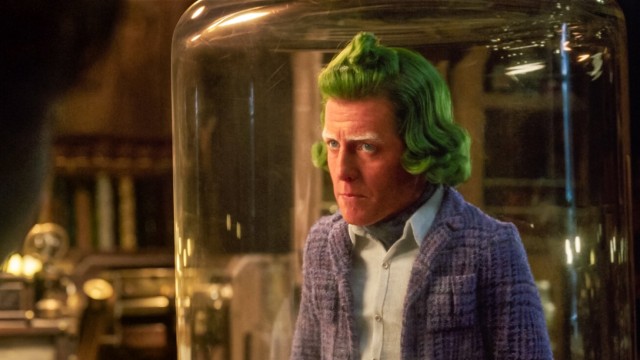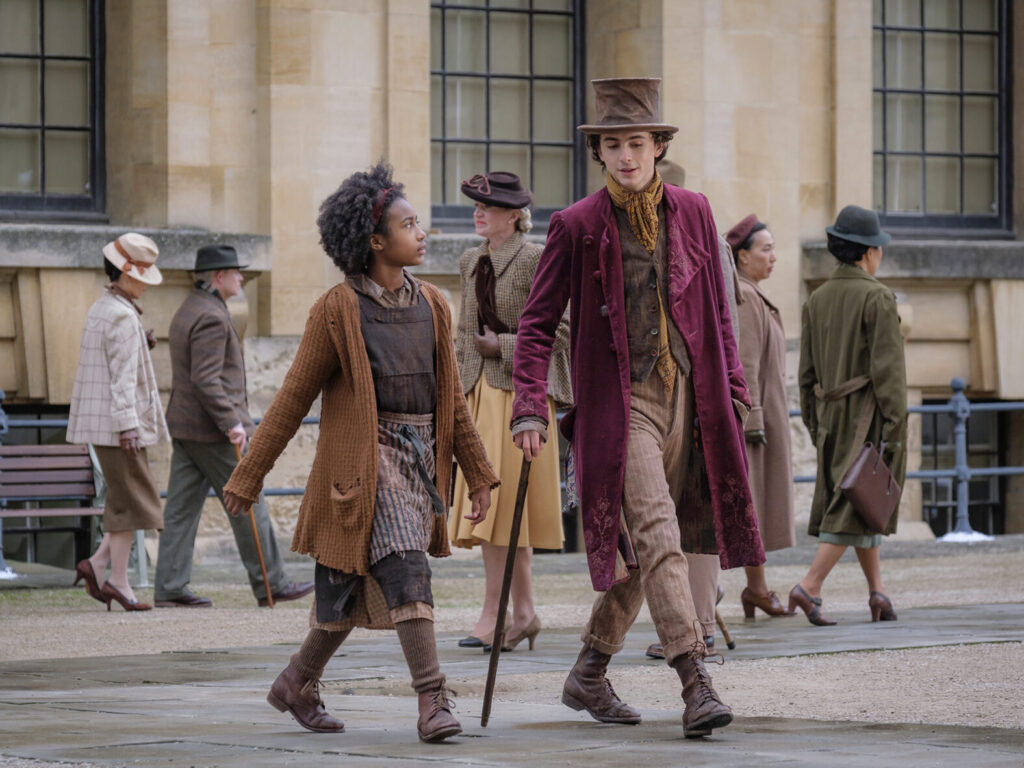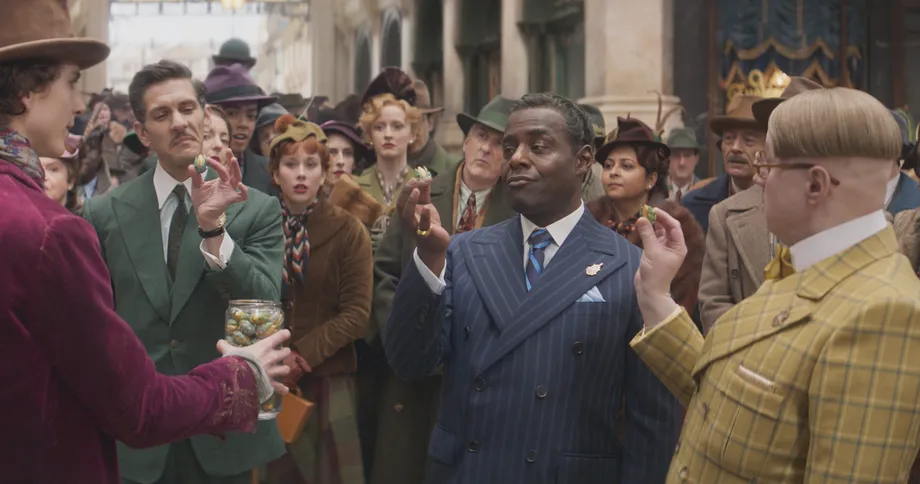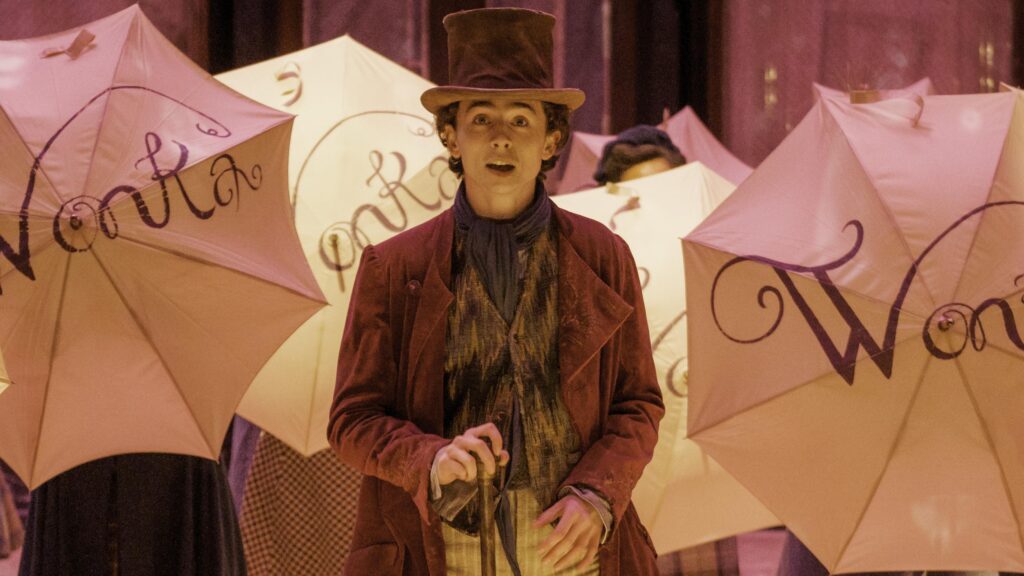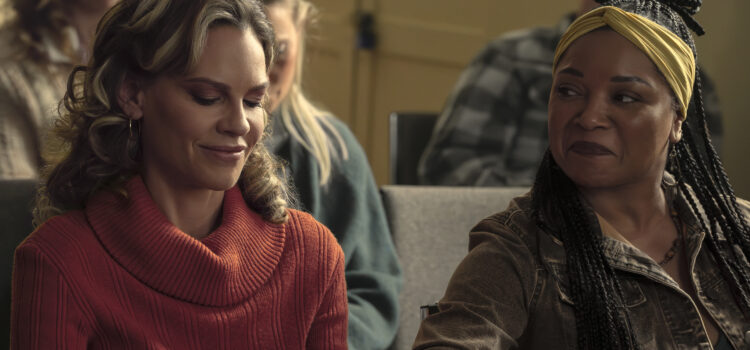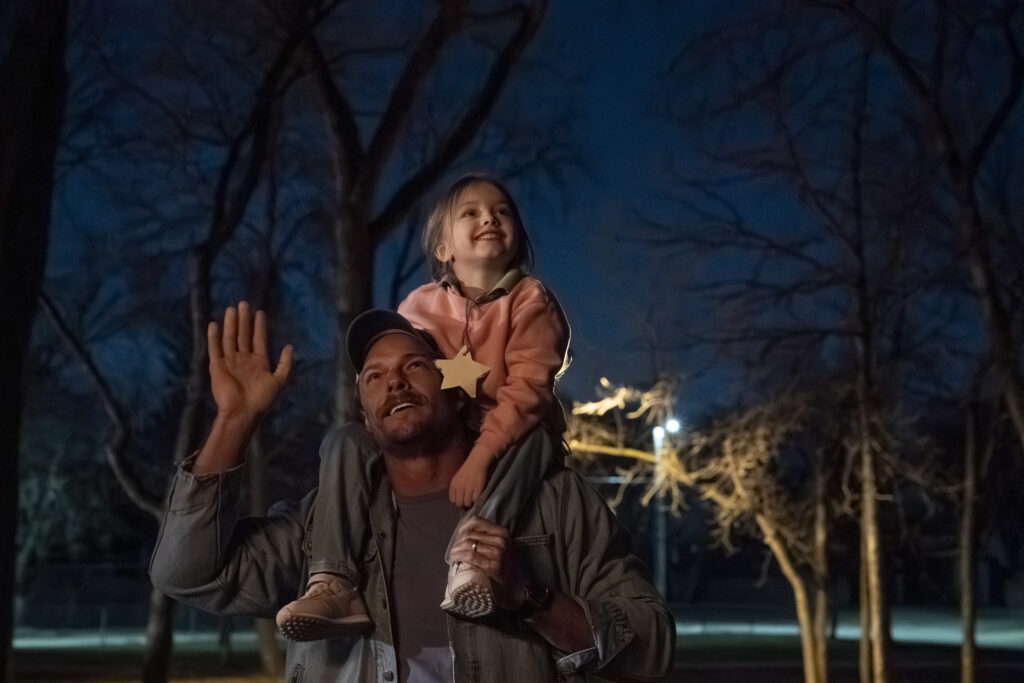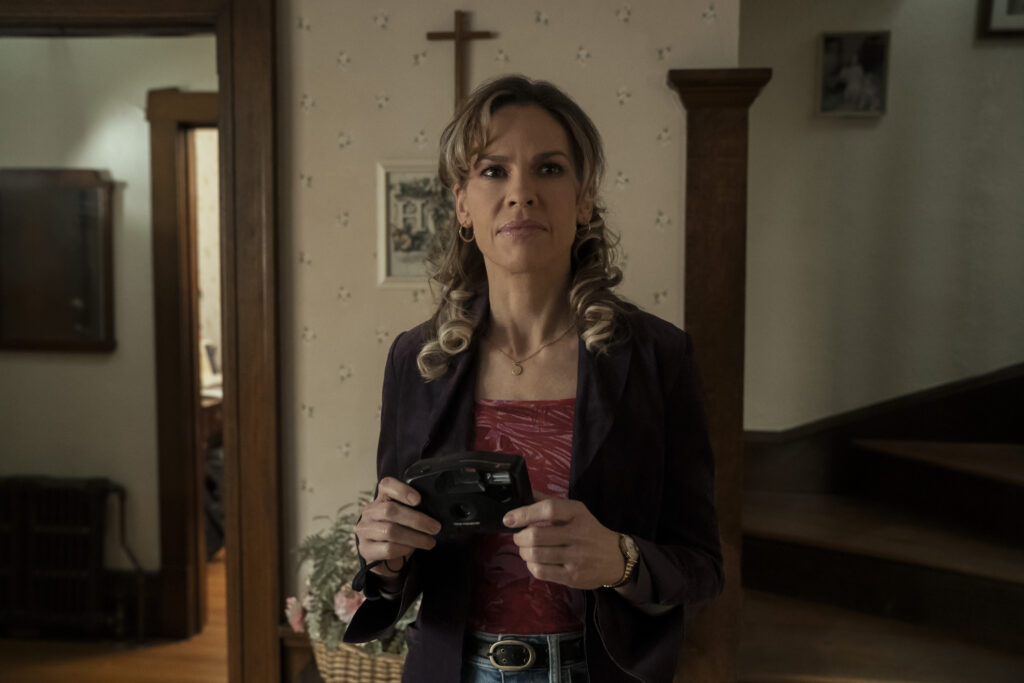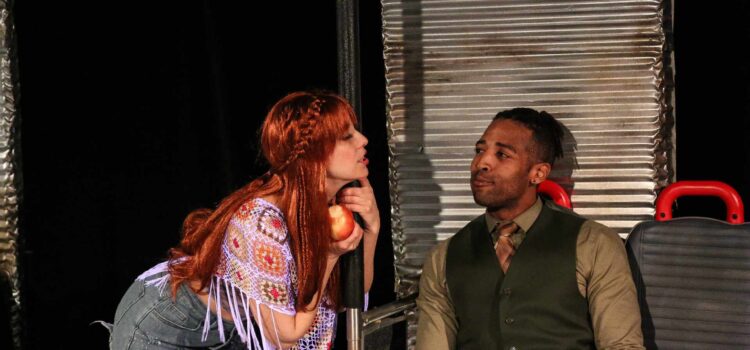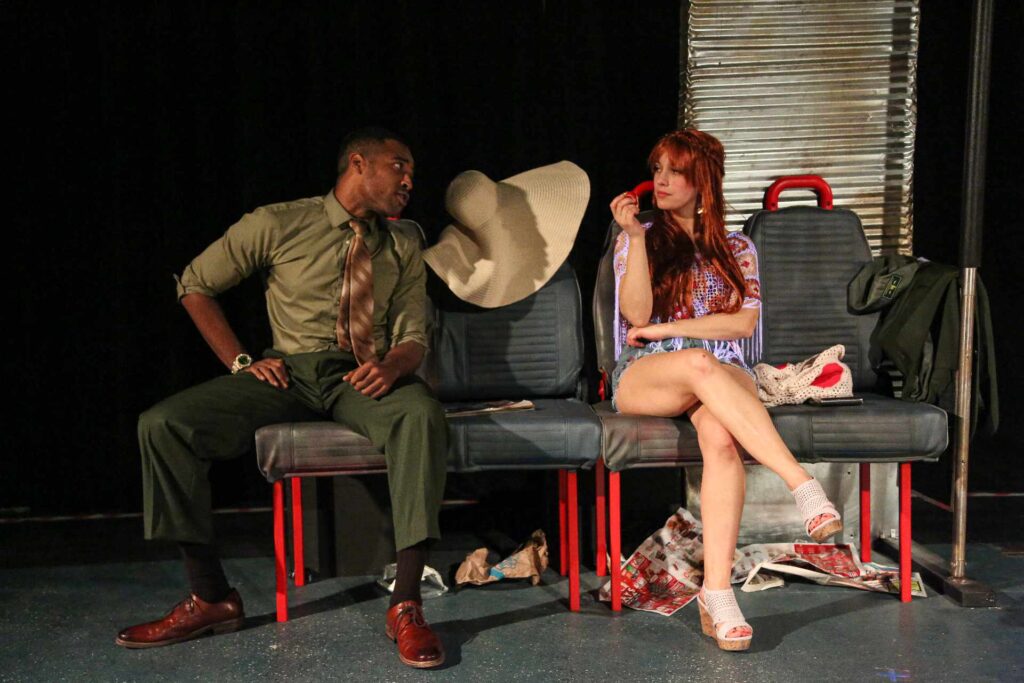By Lynn Venhaus
Inspiring and empowering, “Cabrini” is a remarkable portrait of the saintly frail and fearless nun who lived the virtues of faith, hope and charity every day, and made a huge difference in the world.
Francesca Cabrini believed that “one gesture of love can change everything,” and was driven to make life better for others. She arrived in New York City in 1889, accompanied by five nuns from the order she founded, Missionary Sisters of the Sacred Heart of Jesus, in 1880, in Lombardy, Italy.
Surrounded by disease, crime, squalor, and impoverished orphaned children, she set off on a daring mission to convince the hostile mayor (John Lithgow) to secure housing and healthcare for fellow immigrants. By using her entrepreneurial skills, she built a lasting empire of hope, despite obstacles and chronic ill health.
Frances Xavier Cabrini was canonized as the first U.S. citizen to become a saint in 1946 and is the patron saint of immigrants. She wouldn’t take no for an answer, helping to transform the squalid Five Points neighborhood in lower Manhattan into a safe refuge for abandoned children among the ‘huddled masses yearning to breathe free.” (Emma Lazarus, Statue of Liberty 1883).
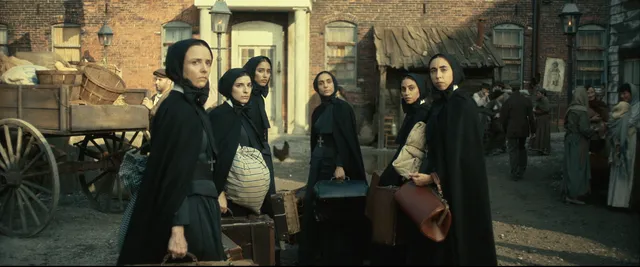
The touching film, produced by the faith-based Angel Studios, is directed by Alejandro Monteverde, who was responsible for last summer’s “Sound of Freedom,” which is now among the highest grossing independent movies of all time.
Monteverde has illuminated Cabrini’s good deeds while overcoming adversity, clashing with the powers-at-be, and achieving goals against all odds. Some of the conflicts are very melodramatic, such as a violent pimp’s rage against helping the nuns and his vicious assaults on one of his prostitutes,. Vittoria (Romana Maggiora Vergano). She becomes a valuable part of the sisterhood. (Sadly, though, the other nuns are not given much time to showcase their development.)
While the local priest, Father Morelli (Giampiero Judica), was unsympathetic, Cabrini gained allies in an altruistic Dr. Murphy (Patch Darragh) and compassionate journalist Theodore Calloway (Jeremy Bobb) at the New York Times, whose hard-hitting expose that ‘rats live better than children’ opened others’ eyes. A fierce advocate, he continued to document her efforts to build an empire of hope.
As the entrepreneurial-minded Cabrini, a captivating Cristiana Dell’Anna conveys her strength. conviction and unwavering devotion, and is a considerable presence on screen.
Tiny but mighty, she cuts an imposing figure in her black cape and veil – almost as if she was a superhero, not unlike Gotham City’s caped crusader, The Dark Knight.
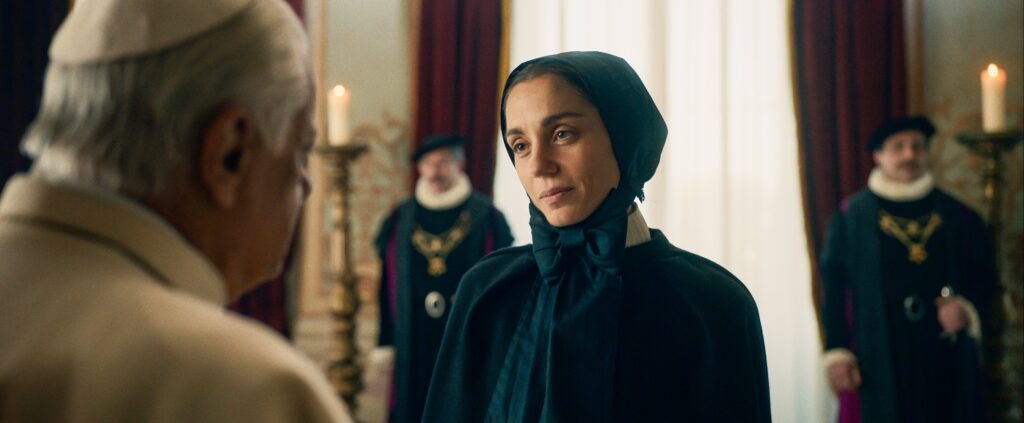
In taking on the political patriarchy and the Catholic Church male-dominated hierarchy, she called them out for their ethnic and gender discrimination. Most of those actors come across as cardboard villains, in the mold of dastardly cartoonish Snidely Whiplash.
However, the filmmakers cast John Lithgow as the xenophobic mob-boss type mayor who favored the elite over the downtrodden “wretched refuse,” so he is a credible character, if over the top.
Veteran actor David Morse plays Corrigan, an Irish archbishop who doesn’t want to rock the boat, kowtowing to the influential mayor, and Oscar-nominated Giancarlo Giannini plays Pope Leo XIII, who was entranced by Cabrini’s gumption, but fretted that her ambitions were too grand.
Her mantra was always “we are bold — or we die,” and the dialogue reflects her zeal.
With a clear-cut confrontational agenda, screenwriter Rod Barr crafted exchanges such as this:
Mayor Gould: “It’s a shame that you’re a woman, Mother. You would have made an excellent man.”
Cabrini: “Oh no, Mr. Mayor, men could never do what we do.”
Illustrating how tenacious she was in her dedication, helping others who were dismissed, disregarded, disrespected and dehumanized to have their dignity restored, is an uplifting and timely message for today.
Two months premature at birth, she was in poor health for most of her life. After a dire diagnosis in her 30s that she likely only had three years to live, she managed to defy death until age 67 in Chicago in 1917. During her lifetime, she helped build 67 orphanages, schools and hospitals, and her order has gone on to build hundreds more across the world.
It’s an incredible legacy brought vibrantly to life. The studio’s production values seem to get stronger with every film: Carlos Lagunas’ sweeping scenic design contrasts the opulent :gilded age with the immigrants’ slums, and costume designer Alisha Silverstein modestly created the class divisions in the outfits as well.
Cinematographer Gorka Gómez Andreu framed scenes in mostly dark and light contrasts, using sepia tones for large group scenes. Notable was that he presented the19th century hallowed halls of civic buildings, churches, the Vatican, and stately mansions in such a towering way to make them dramatic cinematically as a small figure enters them, clad all in black, determined to turn ‘no’s’ into ‘yesses.’
The music score by Gene Back is grandiose, and over the credits, Andrea Bocelli sings “Dare to Be” with his young daughter Virginia, which Back co-wrote. As a character, Mexican opera tenor Rolando Villazon shows up as Enrico DiSalvo.
Monteverde could have been tighter — the film runs 2 hours, 22 minutes, and more judicious with the repeated scenes of her near-drowning as a child, but mostly, he zeroed in on Mother Cabrini’s courage and character for maximum effect
We are left with her words ringing in our ears: “What kind of world do we want, and what will we do to achieve it?”
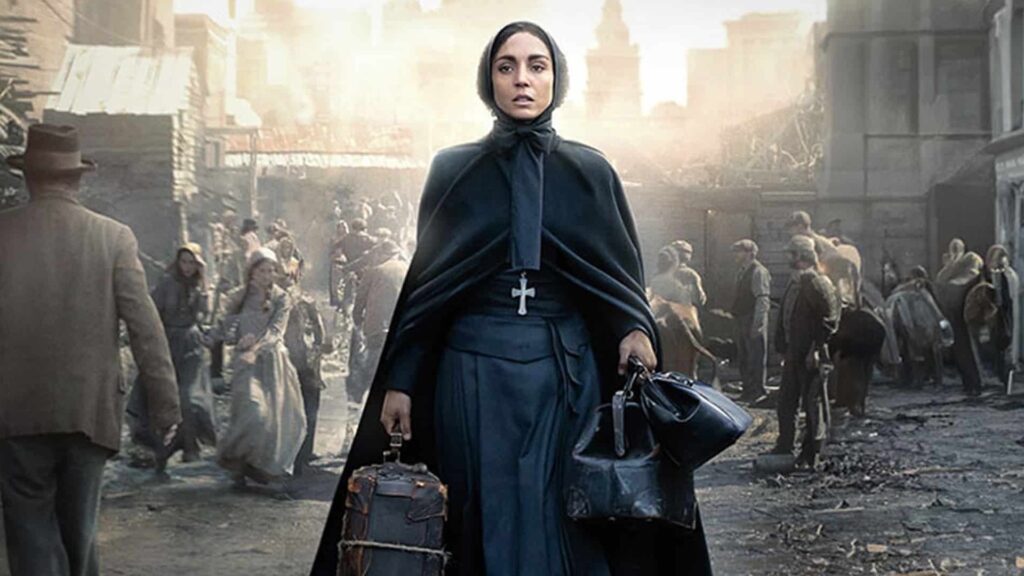
“Cabrini” is a 2024 biographical drama directed by Alejandro Monteverde and starring Cristiana Dell’Anna, John Lithgow, David Morse, Giancarlo Giannini, Jeremy Bobb and Romana Maggiora Vergano. It is rated PG-13 for thematic material, some violence, language and smoking .and runs 2 hours, 22 minutes. It opened in local theatres in March. Lynn’s Grade: B.

Lynn (Zipfel) Venhaus has had a continuous byline in St. Louis metro region publications since 1978. She writes features and news for Belleville News-Democrat and contributes to St. Louis magazine and other publications.
She is a Rotten Tomatoes-approved film critic, currently reviews films for Webster-Kirkwood Times and KTRS Radio, covers entertainment for PopLifeSTL.com and co-hosts podcast PopLifeSTL.com…Presents.
She is a member of Critics Choice Association, where she serves on the women’s and marketing committees; Alliance of Women Film Journalists; and on the board of the St. Louis Film Critics Association. She is a founding and board member of the St. Louis Theater Circle.
She is retired from teaching journalism/media as an adjunct college instructor.

